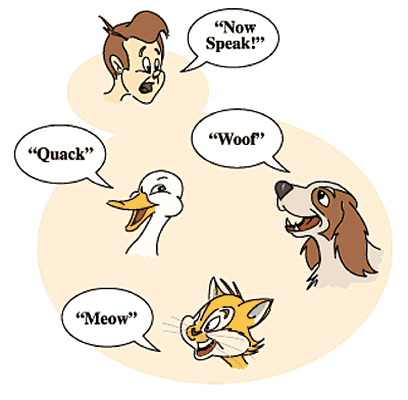Encapsulation
Encapsulation is defined as the wrapping up of data under a single unit. It is the mechanism that binds together code and the data it manipulates. Other way to think about encapsulation is, it is a protective shield that prevents the data from being accessed by the code outside this shield.
- Technically in encapsulation, the variables or data of a class is hidden from any other class and can be accessed only through any member function of own class in which they are declared.
- As in encapsulation, the data in a class is hidden from other classes, so it is also known as data-hiding.
- Encapsulation can be achieved by declaring all the variables in the class as
privateand writingpublicmethods in the class to set and get the values of variables.
| If one task is performed in different ways, it is known as polymorphism. For example, a salesman may draw something (such as shape, triangle, rectangle, etc.) differently to convince the customer. In Java, we use method overloading and overriding to achieve polymorphism. Another example is to speak something in different ways; for example, a cat speaks meow, dog barks woof, etc. |

|
Coupling
Coupling refers to the knowledge or information or dependency of another class. It arises when classes are aware of each other. If a class has the details information of another class, there is strong coupling. In Java, we use
private, protected, and public modifiers to display the visibility level of a class, method, and field.
You can use interfaces for the weaker coupling because there is no concrete implementation.